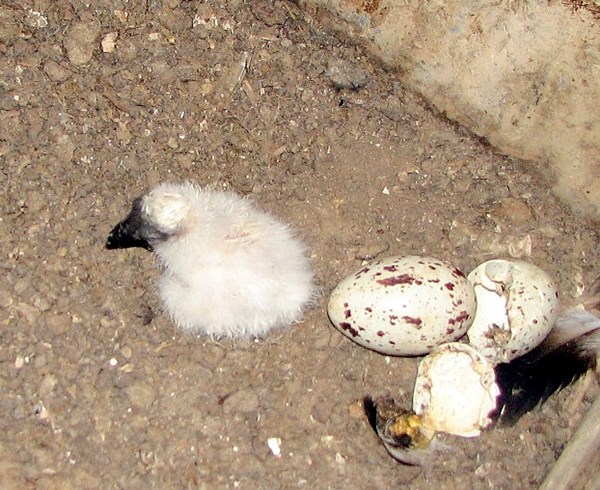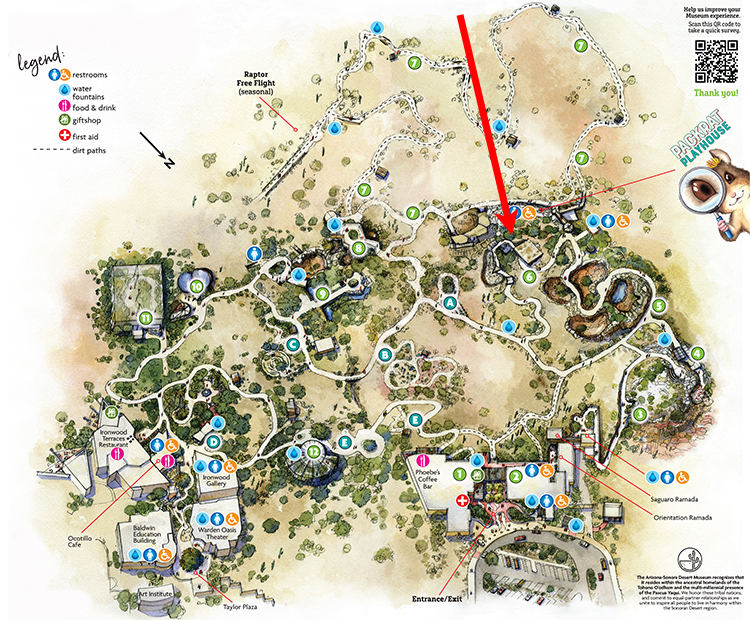Turkey Vulture
About
Puking and peeing as methods of self-defense, along with stomach acid that is more powerful than battery acid, inspires both ick and admiration for this bald bird. These superpowers help vultures play the important role of sanitation engineers in an ecosystem! By helping clean up roadkill and
carrion, they undertake the rather disgusting yet very vital job of keeping the environment clean. Turkey vultures are dark-bodied birds with featherless red heads and large wingspans. You will often see them soaring smoothly in the sky or, due to their flat feet, awkwardly wobbling and hopping on the ground.
Adaptations
Adaptations are nature’s way of giving species the upper hand, and vultures have some of the grossest ones out there. Urine, vomit, and acid are their ultimate defense weapons. Vultures cool themselves off by urinating on their legs. The wet skin cools as the urine evaporates, and the uric acid can kill bacteria and parasites on their skin. Vultures will also vomit to not only deter predators but also lighten their body when flying away from danger. Their stomach acid is so strong it can kill bacteria, allowing them to eat rotting flesh. A bald head prevents the rotting meat they eat from getting on their feathers, while also helping radiate heat away from the body to keep the bird from overheating. Turkey vultures are one of the only birds with an excellent sense of smell which is crucial for finding food while soaring overhead.
Food Web
Vultures are scavengers (they eat dead animals), but they will also eat live insects and sick or dying animals. Their meals are most appetizing when food is fresh and, given a choice, they will avoid putrid meat. Turkey vultures have a great sense of smell to find rotting flesh, so other birds like the crested caracara (Caracara plancus) and black vulture (coragyps atratus) will follow turkey vultures to a meal! Larger birds of prey such as eagles, owls, and hawks will eat turkey vultures.

Habitat and Range
In the U.S., turkey vultures are more commonly found in the Southeast. They are rarer in the Southwest, but are found in southern Arizona and along the coast of southern California. Outside of the U.S. their range includes areas from Mexico through most of South America.
Map data for South American distribution provided by Robert S. Ridgley, remaining distributional data are provided by NatureServe in collaboration with Robert Ridgely, James Zook, The Nature Conservancy - Migratory Bird Program, Conservation International - CABS, World Wildlife Fund - US, and Environment Canada - WILDSPACE.

Family Life
Vultures court through hisses, growls, and body language. Vultures mate for life, but if one dies the survivor will find a new partner. A scrape on the ground, a rocky crevice, or a fallen tree can all serve as a nesting site. They will incubate 1-3 eggs for approximately 35 days. Both adults take turns caring for the young, regurgitating partially digested carrion for the nestlings to enjoy – yum! The parents will care for their offspring for 11 months before the young birds must live on their own.
Glossary
- Carrion:
- The decaying flesh of dead animals.
- Radiate:
- To emit (energy, especially light or heat) in the form of rays or waves.
- Putrid:
- Decaying or rotting and producing an extremely unpleasant smell.
- Court:
- A way for animals to select their partners for reproduction.
- Incubate:
- Maintaining eggs under controlled conditions of temperature and humidity to hatch them. In birds, this often includes gently sitting on the eggs.
Fun Facts
- Turkey vultures can smell food up to a mile away.
- They have excellent daytime vision.
- These big birds weigh between two and four pounds and have a wingspan of nearly six feet.
- Turkey vultures can soar at speeds of 15-20 mph and will ride thermals (columns of rising hot air) to soar and gain height while using little energy.
- Turkey vultures often fly together and group together in trees.
Challenges
- Turkey vultures can get lead poisoning from carcasses and gut piles left behind by hunters using lead bullets.
- Vultures can get hit by cars while they are feasting on roadkill, so let’s be cautious and slow down for our feathered friends!
Conservation
Least concern (ICUN)
At The Museum
View on Map

Visit with vultures at Vulture Culture in our Desert Grasslands exhibit. Open year-round.
Accessibility: rough terrain & wheelchair accessible.
